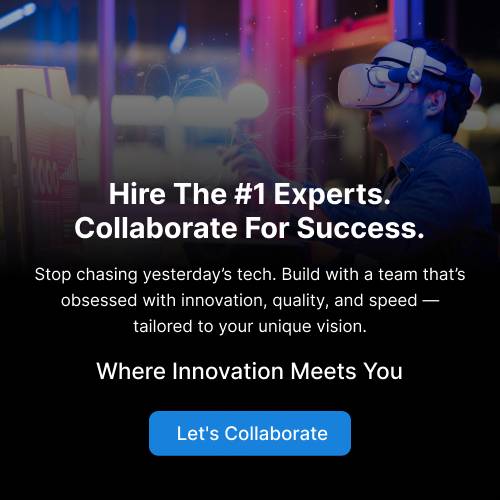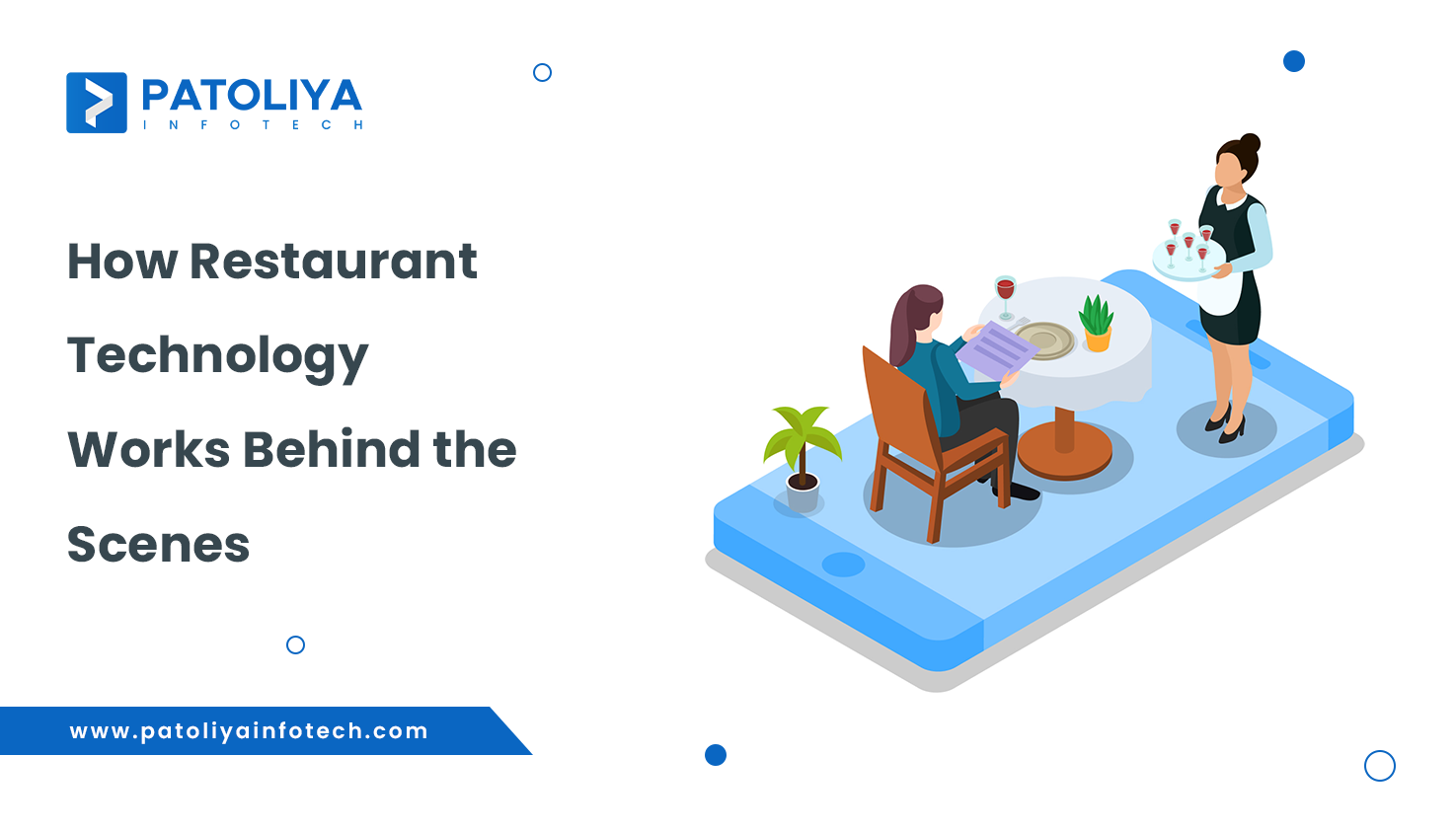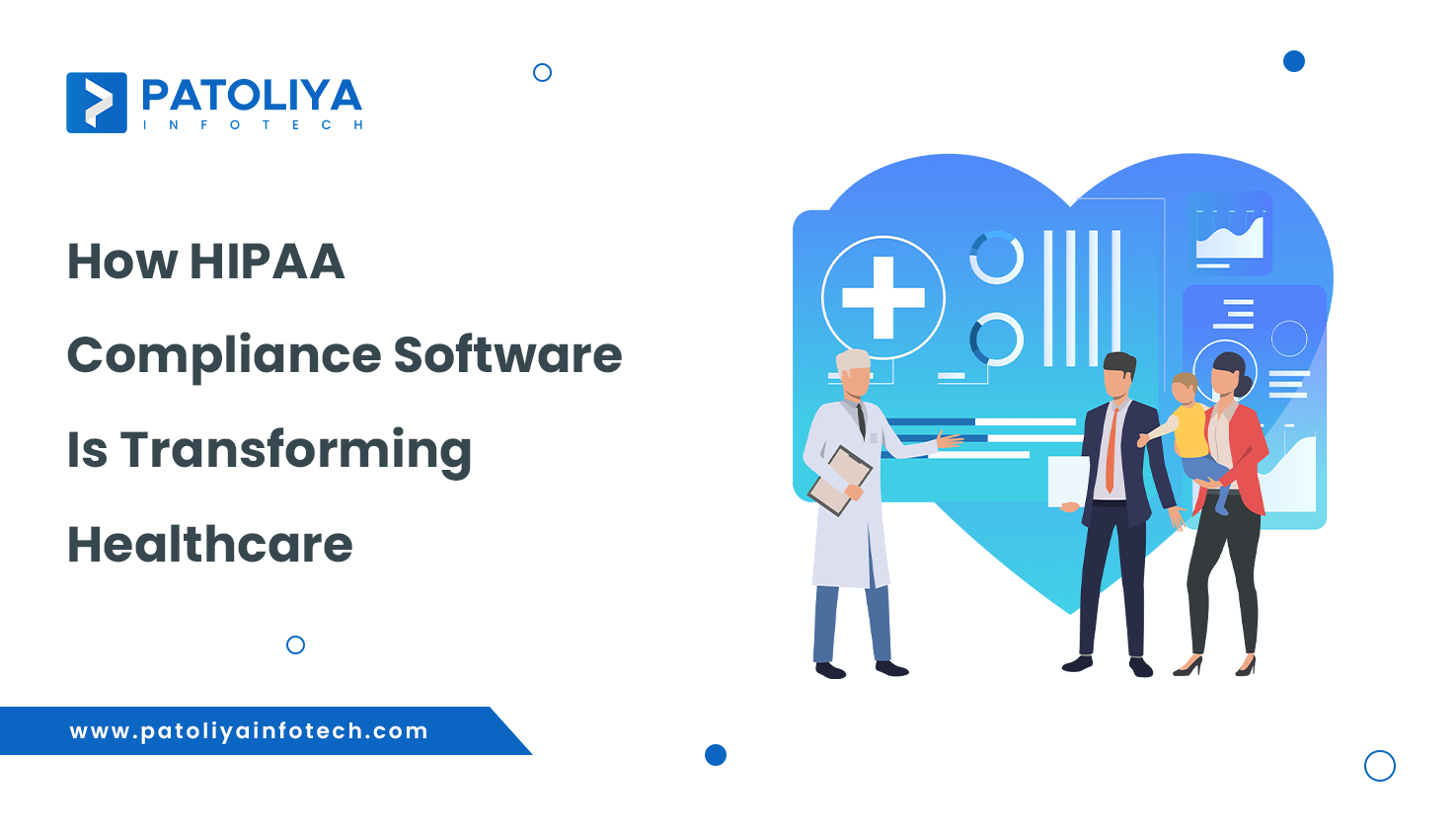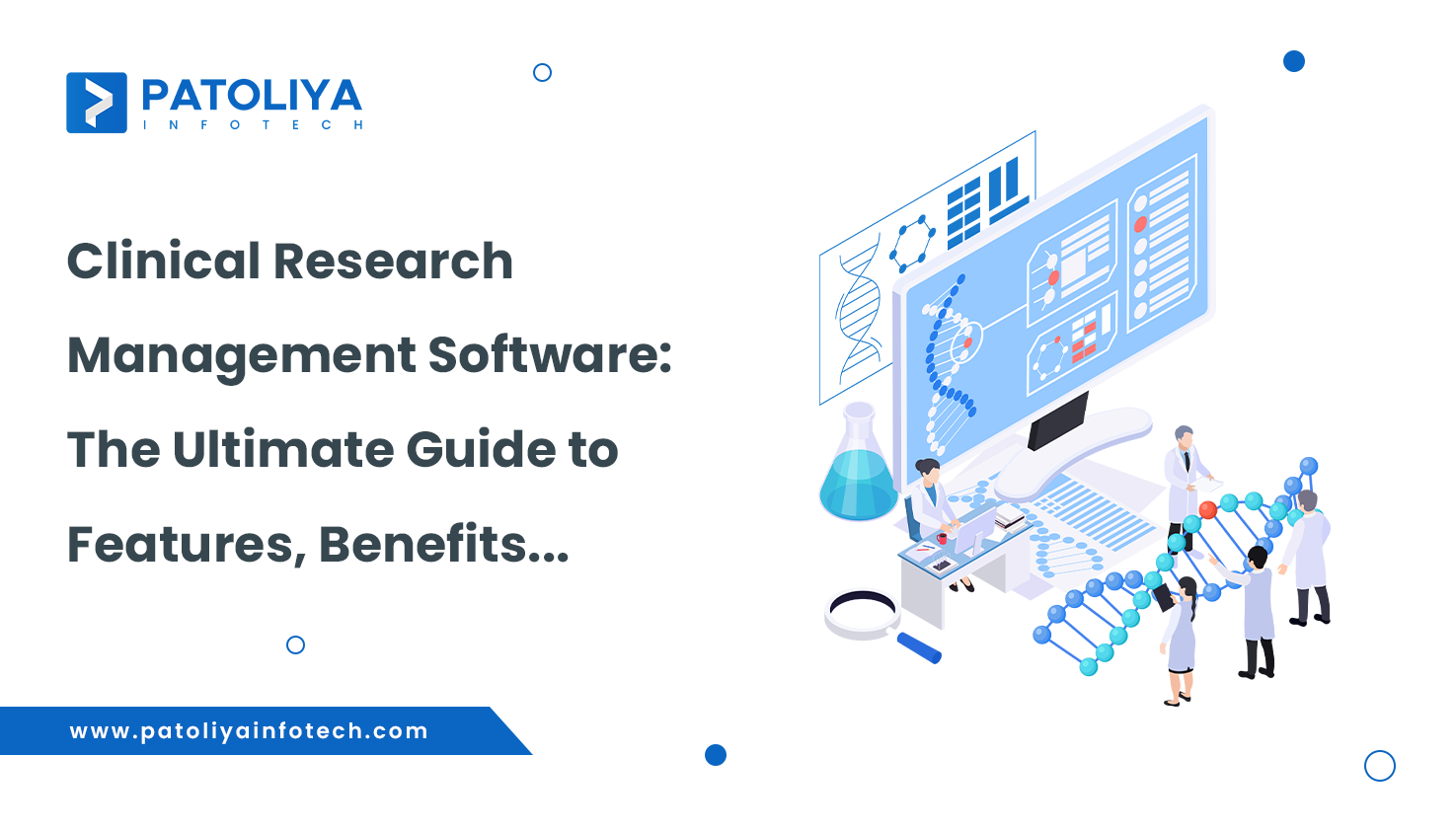Why Education Software Is the Backbone of Modern EdTech
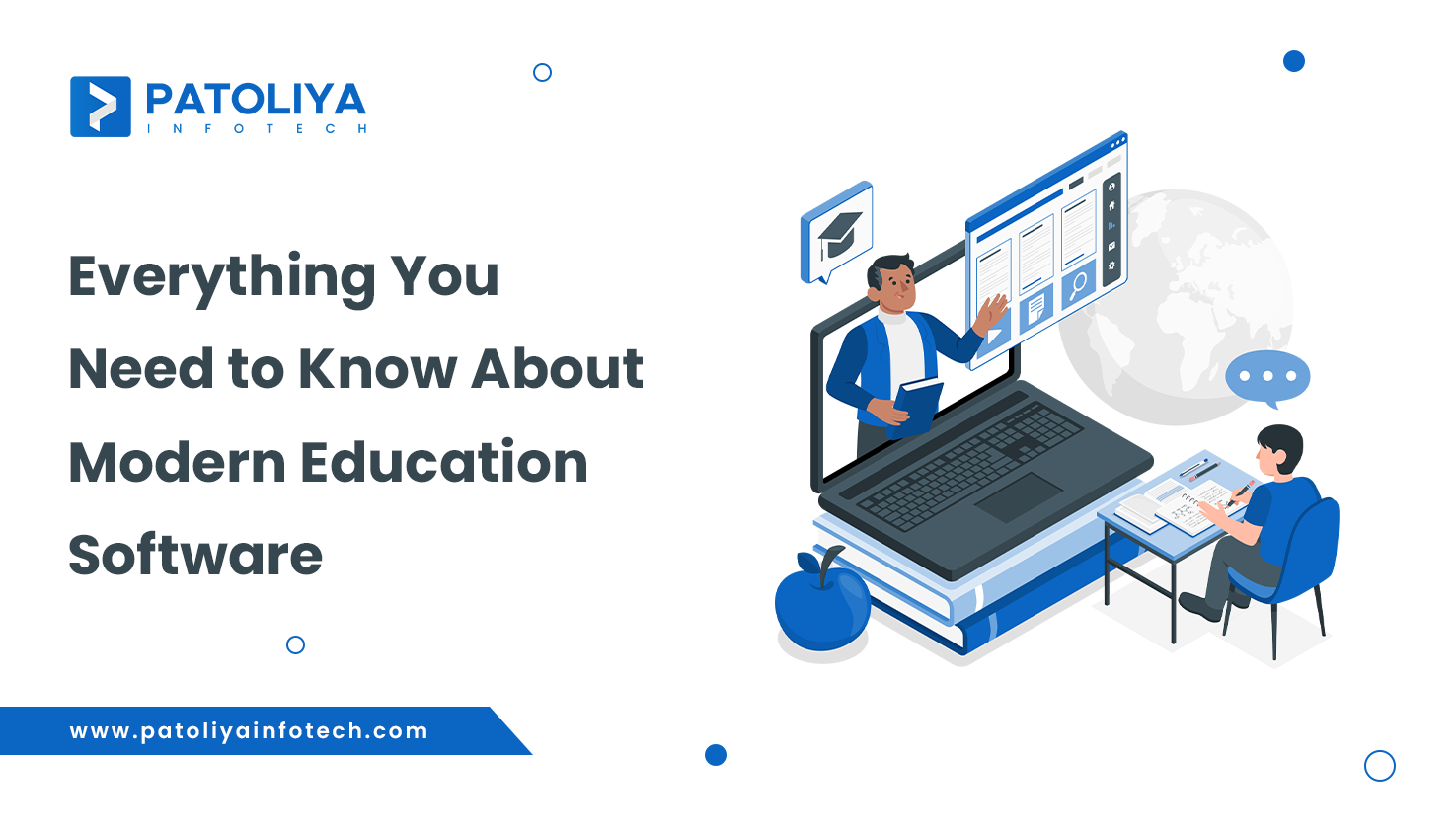
Table of Contents
In a world where technology is consuming more and more of our lives, education has changed greatly. This change has affected not just how information is imparted but also how it is accessible, experienced, and customized. Education software is at the center of this change. It includes a wide range of digital tools, platforms, and systems that are intended to improve instruction, simplify administration, and make education more flexible and accessible.
Education software is now the foundation of modern educational settings in 2025, not just a futuristic idea or an add-on tool. Virtual classrooms, gamified assessment applications, AI-powered customized learning platforms, and powerful Learning Management Systems (LMS) have all changed the role of both teachers and students.
The unifying denominator that makes scalable, data-driven, and adaptable education possible is software, whether it is used by corporate trainers using interactive simulations, K–12 schools adopting adaptive curriculum, or institutions providing immersive online programs.
But this digital evolution didn’t happen overnight.
Education software has origins in the early years of computer-aided instruction in the 1960s and 1970s, and it gained popularity in the 1990s as a result of the internet. Beginning as straightforward instructional programs, this ecosystem has grown to be worth over $200 billion globally as of 2024, with estimates that it will reach $370 billion or more by 2030.
The increased demand for accessible education throughout the world, the acceptance of remote and hybrid learning following COVID-19, and the rapid advancements in AI, AR/VR, and cloud infrastructure are all contributing factors to this expansion.
The importance of educational software is always social, economic, and profoundly human in nature, in addition to being technological. Educational resources that are inclusive, bilingual, and culturally sensitive are desperately needed as classrooms grow more diverse and internationally interconnected. Lifelong learning, supported by intelligent software, is becoming a must as employment markets change due to automation and digital skills.
Additionally, education software is increasingly essential in reducing educational disparities by providing access to top-notch resources, mentors, and chances for kids in underprivileged areas. Through automation and analytics, it's also assisting educators in overcoming fatigue so they can concentrate on what really counts: instructing and fostering connections.
The trajectory becomes obvious while looking forward. Education software is not only meeting but also setting the standard for a generation that was born into the digital age. Its influence will only grow as it keeps integrating cutting-edge technologies like blockchain credentialing, generative AI, and predictive learning analytics.
In summary, educational software is not only useful in 2025, but also essential. The way we learn is being shaped, but so are who gets to learn, how quickly, and how far they can go.
The Evolution of Learning: How Educational Software Has Transformed Education
The late 20th century saw the modest beginning of basic computer-based training systems. In the 1990s, as internet access spread to homes and classrooms, the potential of instructional technology gradually became apparent. The emergence of e-learning platforms first served to augment conventional approaches. But tools also evolved with technology.
Intelligent tutoring systems that could adjust to a student's learning style and speed, cloud-based learning management systems, and live video classrooms replaced interactive CD-ROMs. These developments gave students unprecedented influence by bringing individualized education from theory to reality.

But instructional software didn't go from being an optional addition to a vital requirement until the COVID-19 epidemic disrupted the world. Institutions all across the world were forced to switch to digital-first models almost immediately. The unexpected shift put infrastructure to the test, revealed disparities, and forced teachers and students to climb a high learning curve. However, it also sped up invention. Once-specialized tools become commonplace.
Virtual classrooms were made possible by platforms like Zoom, Google Classroom, and Microsoft Teams. EdTech companies, on the other hand, exploded, providing anything from gamified learning applications to AI-powered instructors that maintained high levels of engagement even outside of the traditional classroom.
Since then, the adoption of educational software has increased rather than have fallen. By 2030, digital learning will be a major component of education rather than only a backup plan. Learning that is hybrid is common. Platforms that monitor performance, provide resources, and even anticipate when a student might need assistance before they ask for it are highly invested in by educational institutions.
Parents now have access to real-time information on their child's development, making them stakeholders in this ecosystem as well. Geographical, economic, or learning-disabled obstacles have been dismantled, and education has become more accessible, collaborative, and data-informed.
Core Benefits of Education Software
Personalized Learning at Scale
- Real-time AI-driven learning platforms such as DreamBox adjust to the individual learning needs and speed of each learner.
- According to the Bill & Melinda Gates Foundation, students who are in personalized educational settings make 20% more progress in reading and mathematics.
Increased Student Engagement & Retention
- There is a 60% increase in engagement with gamified apps like Kahoot! and Duolingo.
- Academic success is 2.5 times more likely to be reported by engaged pupils (Gallup).
- Some colleges have seen a 15% decrease in dropout rates because to early intervention using analytics.
Seamless Assessment & Feedback
- Turnitin and Gradescope are two examples of tools that automate grading, reducing teacher effort by up to 70%.
- Feedback in real time enhances student performance and encourages lifelong learning.
Empowering Teachers with Smart Tools
- ClassDojo and Microsoft Teams for Education are two platforms that simplify communication and classroom administration.
- Teachers can save 3–5 hours a week on administrative duties by using smart technologies (McKinsey).
Scalability & Cost-Effectiveness for Institutions
- Institutions may grow using cloud-based EdTech without having to make corresponding infrastructure investments.
- When used fully, digital platforms can reduce the cost of delivering education by as much as 30% (World Bank).
Types of Educational Software (With Examples)

Learning Management Systems (LMS)
- Centralized platforms for communication, assignments, tracking, and content distribution.
- Examples: Moodle, Canvas, Blackboard.
- LMS systems are now a norm in both K–12 and higher education, being utilized by more than 70,000 institutions worldwide.
Virtual Classrooms
- Facilitate interactive, real-time instruction using screen-sharing, chat, video, and collaboration tools.
- Examples: Zoom for Education, Google Meet, Microsoft Teams.
- Zoom reported a rise in daily meeting attendees throughout the pandemic, going from 10 million to 300 million (April 2020).
Skill Development Platforms
- Put your attention on improving your skills with interactive modules, short courses, and certificates.
- Examples: Khan Academy (K–12), Coursera, Udemy, LinkedIn Learning (higher ed & workforce).
- Globally, Coursera alone had more than 124 million subscribers by 2024.
Administrative & Analytics Tools
- Assist organizations in managing attendance, grades, and enrollment while producing insights based on data.
- Examples: PowerSchool, Ellucian Banner, Schoology.
- Schools claim increases in student retention of up to 15% when they use predictive analytics technologies.
Accessibility-Focused Solutions
- Intended for students with unique education requirements, language challenges, or impairments.
- Examples: Microsoft Immersive Reader, Texthelp Read&Write, Voice Dream Reader.
- Accessibility software is an important equity tool since more than 1 billion people worldwide live with impairments (WHO).
Key Features of Effective Education Software
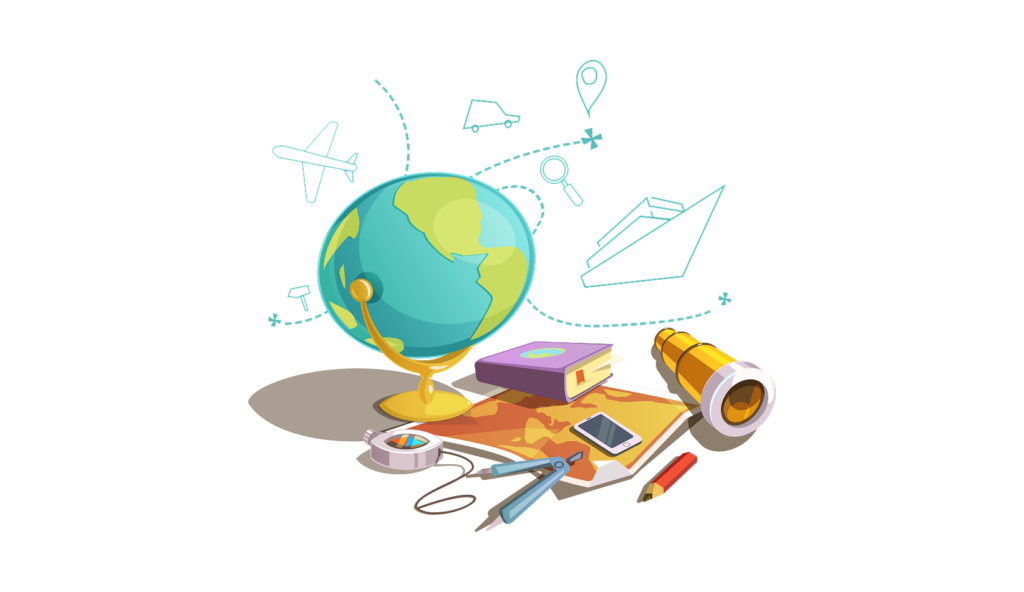
- Collaboration & Communication Tools
- Discussion boards, shared documents, video conferencing, and real-time chat.
- Platforms like Google Classroom and Microsoft Teams for Education enable seamless interaction between students, teachers, and parents.
- Increases student participation in class and facilitates remote or hybrid learning formats.
- Accessibility & Inclusive Design
- Features including voice-to-text, closed captioning, language translation, screen reader assistance, and font size adjustments.
- Tools like Immersive Reader and Texthelp Read&Write ensure content is usable by learners with disabilities or language barriers.
- Over 1 billion students with disabilities worldwide are guaranteed fairness via inclusive design (WHO).
- AI, Gamification & Adaptive Learning
- Learning routes are personalized by AI algorithms according to behavior and performance in real time.
- Gamified elements like leaderboards, points, and badges boost motivation and engagement.
- Examples: DreamBox, Duolingo, and Kahoot! use adaptive techniques to improve learning outcomes and retention.
- Security, Compliance & Data Privacy
- Must comply with FERPA, COPPA, and GDPR to safeguard student data.
- include consent-based data gathering, role-based access, secure login, and encryption.
- Strong privacy safeguards are essential since, according to Verizon DBIR 2023, education was one of the top 5 industries targeted by data breaches in 2023.
Custom Education Software Development
Education software that comes prepackaged can help you get started, but it soon reveals its limitations when your vision extends beyond checkboxes and generic features. Perhaps your school follows a different curriculum. Perhaps multilingual assistance, certain accessibility features, or data insights that go beyond metrics are what your students want.
Perhaps you just want complete control over the user interface and the backend data flow in your learning process. Then, off-the-shelf becomes a compromise rather than a solution. Custom education software is about creating a car that truly matches your route, not about inventing the wheel. In a world where digital learning is a competitive advantage, having a platform that is customized to meet your needs is a strategic decision rather than a luxury.
Key Considerations Before Development
- Target Users: Clearly mention if the platform will be used for K–12, higher education, business training, or a mixed audience.
- Platform Architecture: Depending on user access requirements, choose between cross-platform, mobile, or web development.
- Compliance Requirements: Verify that the system complies with any local laws, such as COPPA, GDPR, or FERPA.
- Integration Capabilities: Make that the API works with the current tools (CRMs, SIS, LMS, etc.).
- Budget & Timeline: Take into account post-launch user support, server expenses, and ongoing maintenance.
Must-Have Functionalities for Modern EdTech Solutions
- User Role Management: Support for roles with specific rights, like administrator, instructor, student, and parent.
- Interactive Learning Modules: tasks, gamification, videos, tests, and instant feedback.
- Analytics & Reporting Dashboards: Monitor engagement, course efficacy, and student performance.
- Collaboration Features: Discussion boards, file sharing, in-app chat, and interaction with virtual classrooms.
- Accessibility & Multilingual Support: WCAG-compliant layout and multilingual compatibility.
- Offline Access & Syncing: Especially important for areas with erratic internet access.
- Robust Security Architecture: Secure authentication (SSO, OAuth), audit trails, and end-to-end encryption.
Choosing the Right Development Partner
The success of your product may be determined before any code is written by collaborating with the best EdTech software business. Selecting a team that understands how education functions, what students require, and how technology could enhance both is more important than only having technical expertise.
Reputable partners will have shown expertise in the field of education, be able to design for compliance and accessibility, and have an excellent understanding of how to strike a balance between usability and functionality. Ask the important questions before you commit: Have they already created scalable educational platforms? Do they understand how to protect data privacy in accordance with regulations like GDPR and FERPA? What is their strategy for post-launch training, upgrades, and support?
This is where businesses such as Patoliya Infotech are unique. Patoliya Infotech, which has a solid portfolio in EdTech development and a reputation for integrating domain knowledge with in-depth technical knowledge, contributes more than simply code; they also add strategy. Their team prioritizes long-term cooperation above short-term delivery, and they are renowned for creating scalable, secure, and user-friendly platforms that are suited for the needs of contemporary education.
All too frequently, companies make the same mistakes, such as skipping post-deployment requirements or selecting only on the basis of pricing. With the correct partner, however, who genuinely shares your goals and aspirations, you're not only introducing a product; rather, you're creating a more intelligent and significant educational experience.
Trends Shaping the Future of Educational Software
AI & Machine Learning
- Allows information to be instantly personalized according to each learner's unique learning preferences, speed, and performance.
- Uses predictive analytics to identify students who are at trouble and suggest appropriate solutions.
- Virtual instructors and chatbots are now available on most major platforms to provide learning help around-the-clock.
AR/VR in Classrooms
- Builds experience-based, immersive learning environments, such as historical recreations and virtual scientific labs.
- Creates dynamic experiences out of abstract concepts, increasing engagement and retention.
- Businesses like ClassVR and zSpace are already using AR and VR into higher education and K–12 classrooms.
Microlearning & Mobile-First Design
- Just-in-time learning is made possible by short, bite-sized material forms created for cell phones.
- Perfect for professionals and Gen Z learners who want flexible, mobile learning opportunities.
- This user-first strategy was created by platforms such as Khan Academy, EdApp, and Duolingo.
Blockchain Credentials & Verifications
- Makes it possible for digital certificates, medals, and degrees to be safely kept on the blockchain without being modified.
- Provides certifications for lifelong learning and makes background checks easier for companies.
- This innovation is being led by platforms like Learning Machine and institutions like MIT.
Our Approach: How We Build Impact-Driven Education Software
Impact over output is the foundation of Patoliya Infotech's methodology for developing educational software. We design solutions that really improve how people teach, learn, and develop—we don't just create code.
Every project starts with a phase of deep discovery during which we learn about the long-term vision of the product, learner habits, and educational goals in addition to the technical needs. In order to make sure that our solutions are in line with actual classroom dynamics, we work closely with educators, administrators, and stakeholders.
We approach design with a user-centric, mobile-forward, and accessibility-first mindset. From developing AI-driven customization engines to incorporating safe analytics dashboards and data workflows that are compliant, we combine innovation and dependability.
Through iterative development, ongoing feedback loops, and open communication at every stage, we guarantee that the finished product is not only useful but revolutionary. For us, success is more than just a successful launch; it's about developing tools that increase the effectiveness, inclusivity, and engagement of education on a large scale.

Conclusion
With education continuing to change at an unprecedented rate, software now plays a fundamental role rather than merely supporting it. Investing in the best educational technology is about creating systems that can develop, adapt, and have a real impact—not about following trends.
The correct platform may change the way education is provided and experienced, from increasing student engagement and facilitating individualized learning to boosting institutional effectiveness and future-proofing your infrastructure.
We live in a time when digital change is expected rather than optional. Students, teachers, and organizations are all searching for tools that are user-friendly, inclusive, and future-oriented. The question is not whether technology can be used in education, but rather if your existing approach is prepared for the future.
Since selecting the appropriate software is a strategic choice in today's environment, it goes beyond simple technical considerations. The digital age is here to stay. Can you take the lead?
